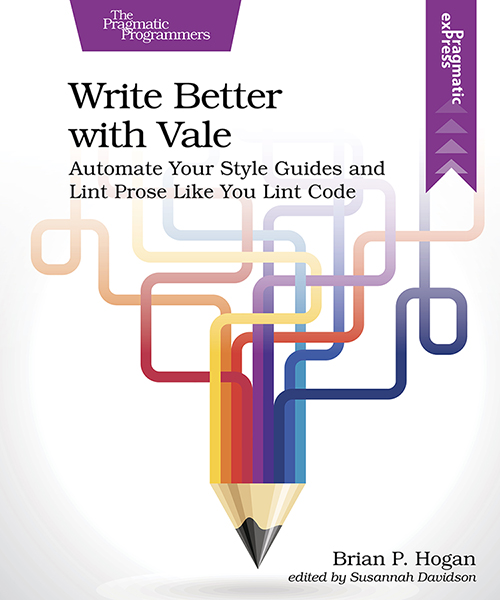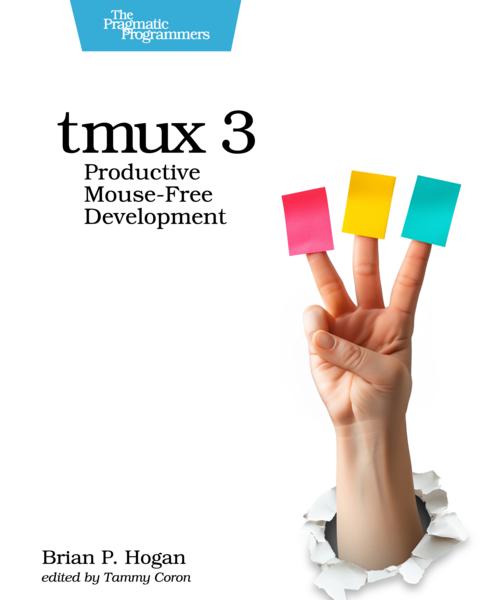Learning Styles are a Myth
One of the most difficult things to change is a belief, especially a deeply-held belief about how we learn. But for the last 10 years, I’ve spent hours (and lots of money taking classes) learning how people learn so I could be a more effective teacher. And one of the most surprising things I discovered is this:
Learning styles are a myth.
This turned my world upside down. But the more I dug in, the more I discovered that learning styles have probably done more to hurt people’s ability to learn than anything else we’ve done in modern education. They create artificial blockers and build beliefs that a student can’t learn something if it’s not presented to them in a way they believe they learn. And by the time we teach adults, those attitudes and behaviors are already pretty fixed and we have to fight against them, making it even tougher to learn. But there’s no evidence to support learning styles!
I present to you some articles that I hope will persuade you to rethink your perspective on how people learn, in the hopes that we can all rethink how we approach our learners. Even if your primary role isn’t an educator, a deeper understanding of this can help you create better collaborative experiences for coworkers.
- Cedar Riener & Daniel Willingham (2010): The Myth of Learning Styles, Change: The Magazine of Higher Learning.
- Stop Propagating Learning Styles Myth https://leftychan.net/tech/src/1627217656435.pdf
- Learning Styles Don’t Actually Exist, Studies Show
- The Stubborn Myth of “Learning Styles"
Lastly, even Wikipedia’s page on Visual Learning states:
Although learning styles have “enormous popularity”, and both children and adults express personal preferences, there is no evidence that identifying a student’s learning style produces better outcomes, and there is significant evidence that the widely touted “meshing hypothesis” (that a student will learn best if taught in a method deemed appropriate for that student’s learning style) is invalid. Well-designed studies “flatly contradict the popular meshing hypothesis”.[18] Rather than targeting instruction to the “right” learning style, students appear to benefit most from mixed modality presentations, for instance using both auditory and visual techniques for all students.
There’s a lot of evidence to suggest that exposing learners to multiple modalities helps them understand concepts because they learn to approach the experience from different angles.
It’s worth looking into further for sure.




Thanks for reading
I don't have comments enabled on this site, but I'd love to talk with you about this article on BlueSky, Mastodon, Twitter, or LinkedIn. Follow me there and say hi.